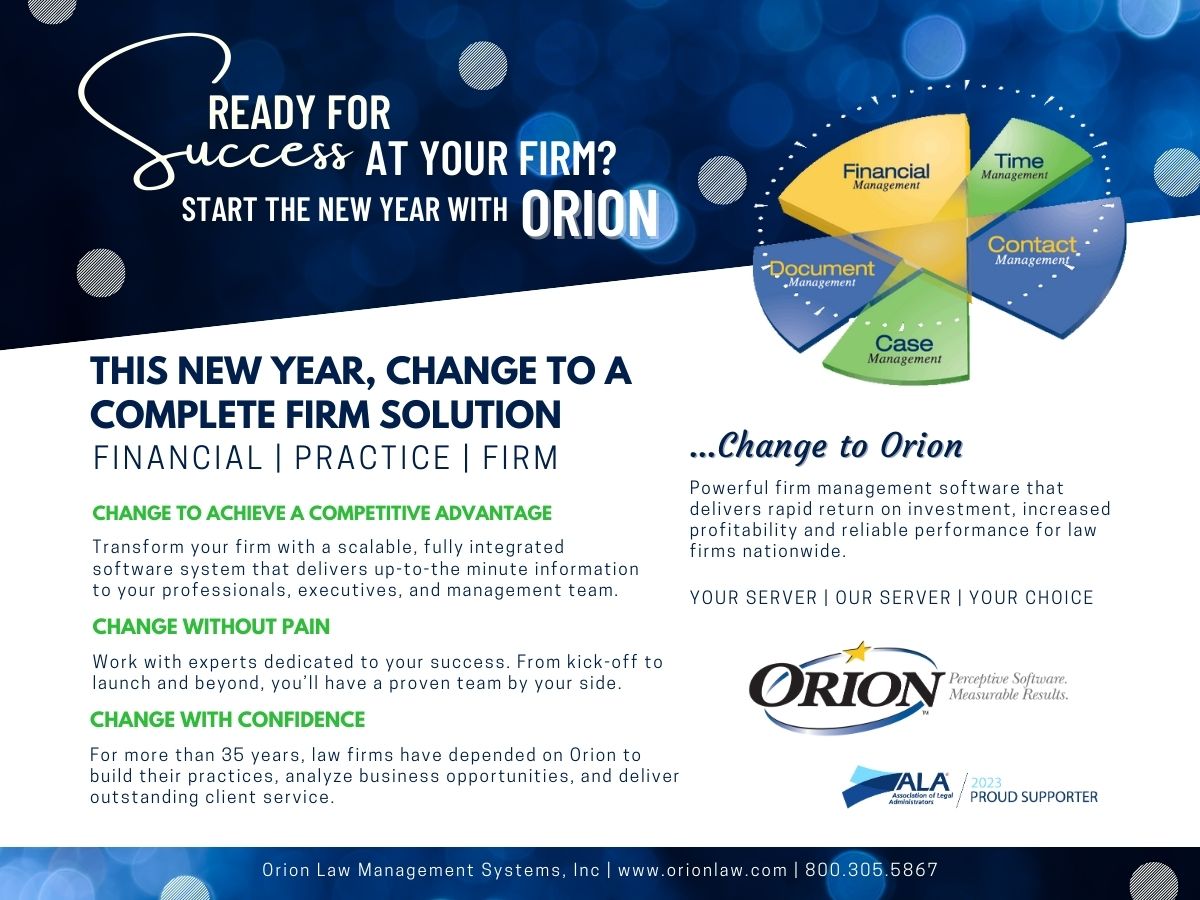“More conflicts are arising in the workplace now because of how polarized we are as a society,” says Michelle Silverthorn, a diversity consultant and Chief Executive Officer and Founder of Inclusion Nation. While disagreement is fine, emotions can get out of hand. “The problem is that we’re yelling at each other, and we’re creating a space where anger and a lack of listening is prominent.”
Workplace sparks can transmute rapidly into blazing fires that burn into organizational efficiency and profitability. According to a recent Financial Times report, “an upsurge in disputes between individuals of opposing views” has led to workers asking managers to fire colleagues “because they don’t fit.” It added that some candidates are walking away from job opportunities “because they don’t feel aligned with the organization’s values.” And this from the Society for Human Resource Management: “41 percent of U.S. employees have quit jobs at some point because they felt their values were being stigmatized.”
So, what can a law firm do to keep the organizational pistons pumping? While it’s tempting to ban discussions of hot topics, the policy can backfire, says Silverthorn. “I would be very wary of having a policy that says something like, ‘We don’t discuss politics and religion.’ That position reflects a standard that may have worked very well for people in the past, but no longer works for everyone — especially those looking to be included today. The fact [an employee is] praying five times a day, or fasting, is part of who they are, and asking them to not bring that into work is like asking them to not bring themselves into work.”
Indeed, recent attempts by some high-profile companies to ban fraught topics from the workplace water cooler have triggered employee walkouts. For Millennials and Gen Zers in particular, says Silverthorn, politics is a part of life. They expect employers to take positions on the important issues of the day.
Nevertheless, law firms can introduce policies and procedures to help obviate and resolve workplace disputes. An effective program starts with an understanding of why diversity matters.
“Law firms need to identify their business value proposition for committing to inclusion,” says Silverthorn. “If you just state that ‘It’s a nice thing to do,’ then you’re not really giving a good reason. Why does it matter for you as an organization to have people bring their whole selves to work, to allow them to rise and thrive and succeed in your workplace? And have you conveyed that proposition to your employees?”
“More conflicts are arising in the workplace now because of how polarized we are as a society. The problem is that we’re yelling at each other, and we’re creating a space where anger and a lack of listening is prominent.”
There are many good reasons for diversity, says Silverthorn. For starters, it makes people more engaged and lets them perform at their best and own their work. It also helps them understand they have autonomy and are free to engage their best skills. Moreover, organizations with good reputations can attract more “A players,” and fair treatment can keep them from jumping ship.
“People very often leave companies because they feel they are simply being tolerated rather than included,” says Bob Gregg, Co-chair of the Employment Practice Law Group at Boardman and Clark LLC. “A toxic environment can lead to constant hiring and retraining of replacements for people who leave.”
PRACTICAL STEPS
While communicating organizational values to workers is essential, so is distilling them into practical actions. Firms can start the process by determining what inequities exist in the organization and designing steps to rectify them. Talking about the topic can help. Some organizations have established so-called “town hall meetings” to do just that. These should be real tools for improving operations — not just for paying lip service to equality.
If a structured conversation is a good idea — or maybe a necessity — it’s also true that careful planning is required to pull it off. One size does not fit all.
“Your business might benefit from a meeting to discuss race relations,” says James J. McDonald Jr., Managing Partner at the Irvine, California, office of Fisher & Phillips. “But you have to know your workforce. Are people upset? Are they talking about racial matters to such an extent that you feel a meeting might be cathartic? Then I think having an open discussion and letting people be heard might be worthwhile. But you need someone to lead it who will require respect on the part of attendees. And bear in mind that in some cases a meeting might lead to more tension and make matters worse.”
The forward-looking law firm will take steps to reengineer any policies and practices riddled with hidden biases. “The most important thing for every business is to establish antidiscrimination and antiharassment policies,” says Yvette V. Gatling, a shareholder in the Tysons, Virginia, office of Littler. “They should cover all aspects of employment including hiring, evaluations, promotions and raises.”
“Employees need to know that the purpose of good company policies is to have an effective workplace, not to simply comply with the law. The organization is paying attention to this topic because inequality and discrimination can harm the company.”
Then, make sure everyone realizes the policies exist to ensure fairness and profitability. “Employees need to know that the purpose of good company policies is to have an effective workplace, not to simply comply with the law,” says Gregg. “The organization is paying attention to this topic because inequality and discrimination can harm the company.”
At a minimum, your written policy should:
Prohibit insensitive statements. “People need to understand they have a duty to avoid making racially charged jokes or comments,” says Gregg. “And if they see a coworker doing either, they must speak up and say, ‘Hey, look, that is not appropriate for our workplace.’”
Not be blind to bullying. “Courts have said repeatedly that bullying is the glide path to harassment under the law,” says Gregg. “While it may not at first mention race or sex, as bullying continues, people will start to pick up on the fact that it’s happening to individuals who belong to certain groups.”
Require reporting. Calling out bullying or harassment in real time isn’t enough. It also needs to be reported through the appropriate channels. Employees should understand that they are required to report anything they experience (or see) in the workplace that may relate to harassment or discrimination.
… then require a response to reports. “Ignoring a report of harassment or discrimination can put your business in legal jeopardy,” says Gatling. “You should do a thorough investigation, which means talking to every witness possible. Then you should take action on the results. You also should keep good documentation on how you investigated, and to get back to the victim to let them know what has transpired.”
Prohibit retaliation. “People need to know there will be no consequences if they come forward with a report about harassment or discrimination,” says Gatling. “While the law prohibits retaliation, it’s always helpful to remind people and supervisors of that fact and of your organization’s policy prohibiting it.”
SPELL IT OUT
Hot-button discussions are nuanced. Your communication about policies should not be. Employees need to understand where your firm stands, so effectively communicating policies is critical.
While having the right diversity and inclusion policies are vital, they also must be communicated adequately to the staff. Including them in the employee handbook and on the company intranet is a good start, but it’s not enough. Employees should sign statements that they have read the policies as opposed to just receiving a gloss about them during orientation. Everyone needs to understand and accept the principle of “disagreeing well” — stating one’s position in a civil manner and behaving with respect toward colleagues.
Firm leadership and managers must buy into the policies and understand how to implement them. And they need to set the right example, avoiding careless remarks about modern-day societal events that might on the surface seem innocent but can spark misunderstandings.
Enlightened communications and respect toward others — combined with a carefully designed and implemented diversity and inclusion program — can obviate resentments and foster a more collegial atmosphere. The result can be more effective teamwork, a more efficient workplace and a more profitable law firm.


